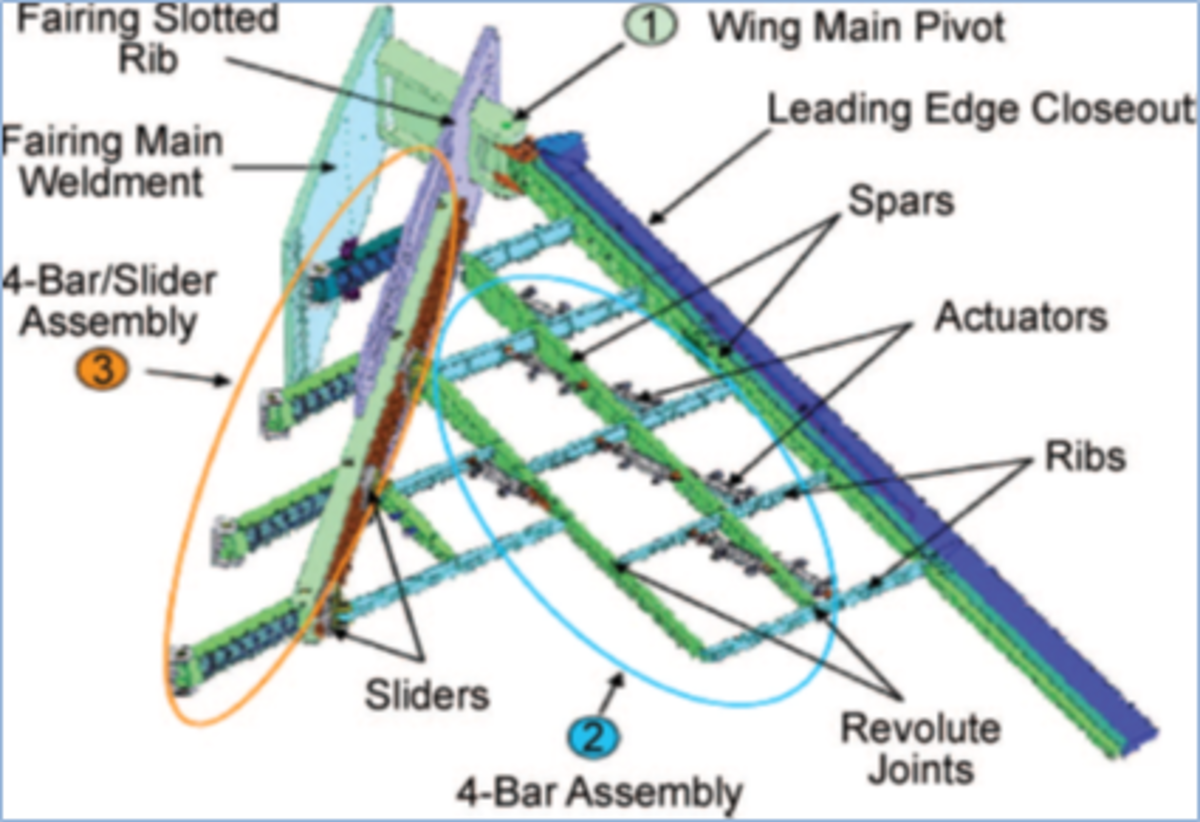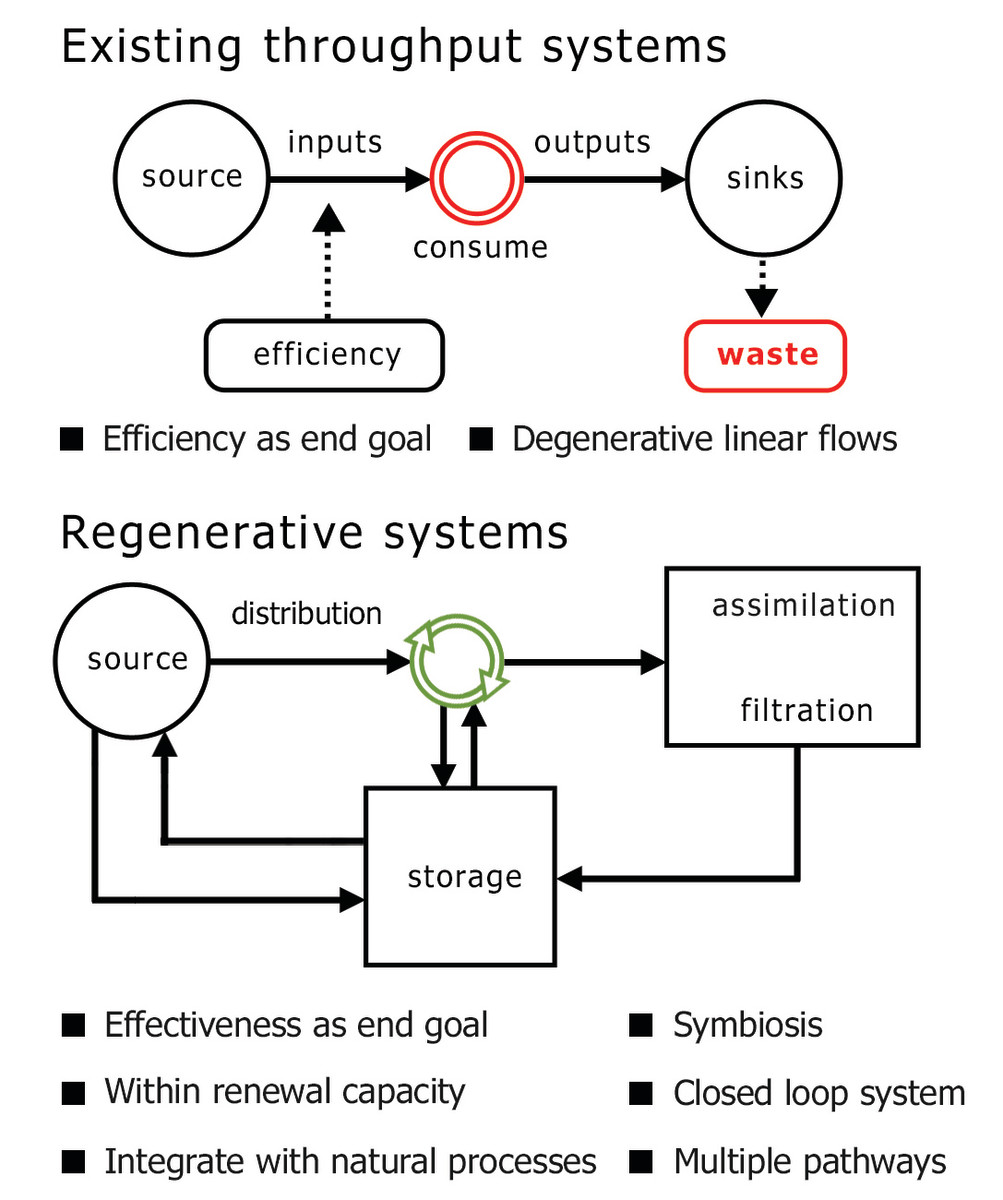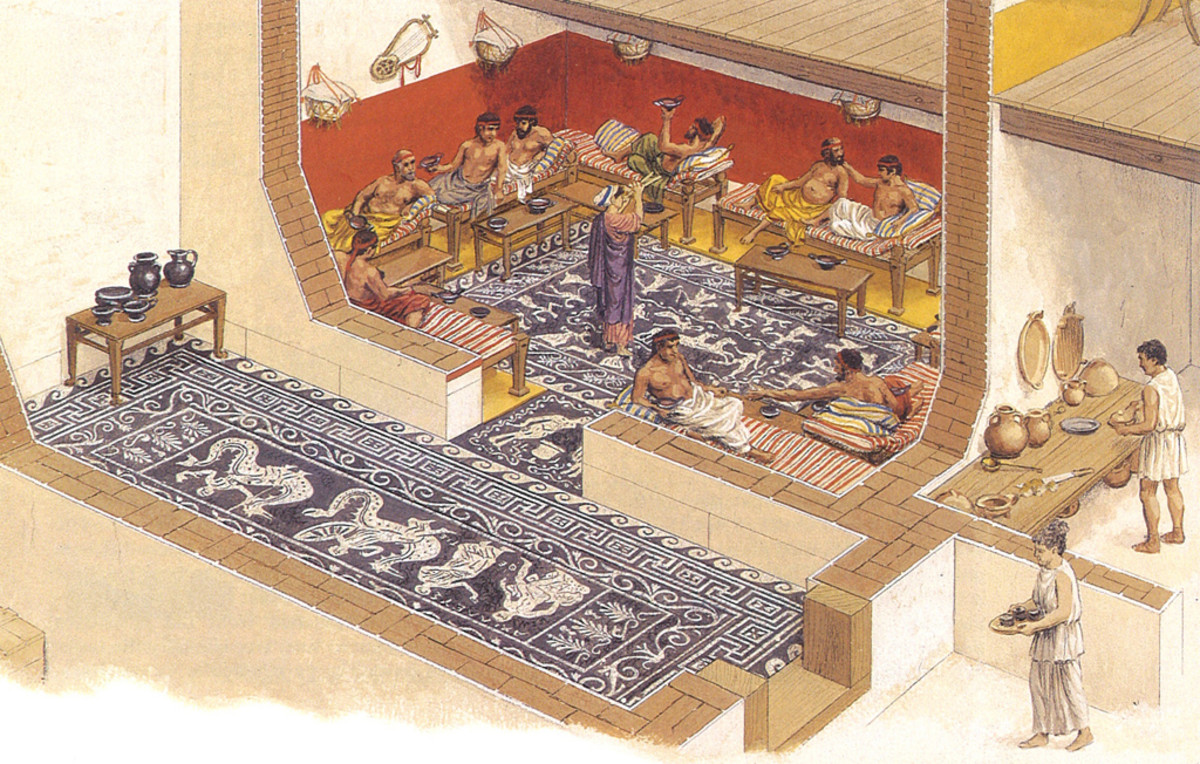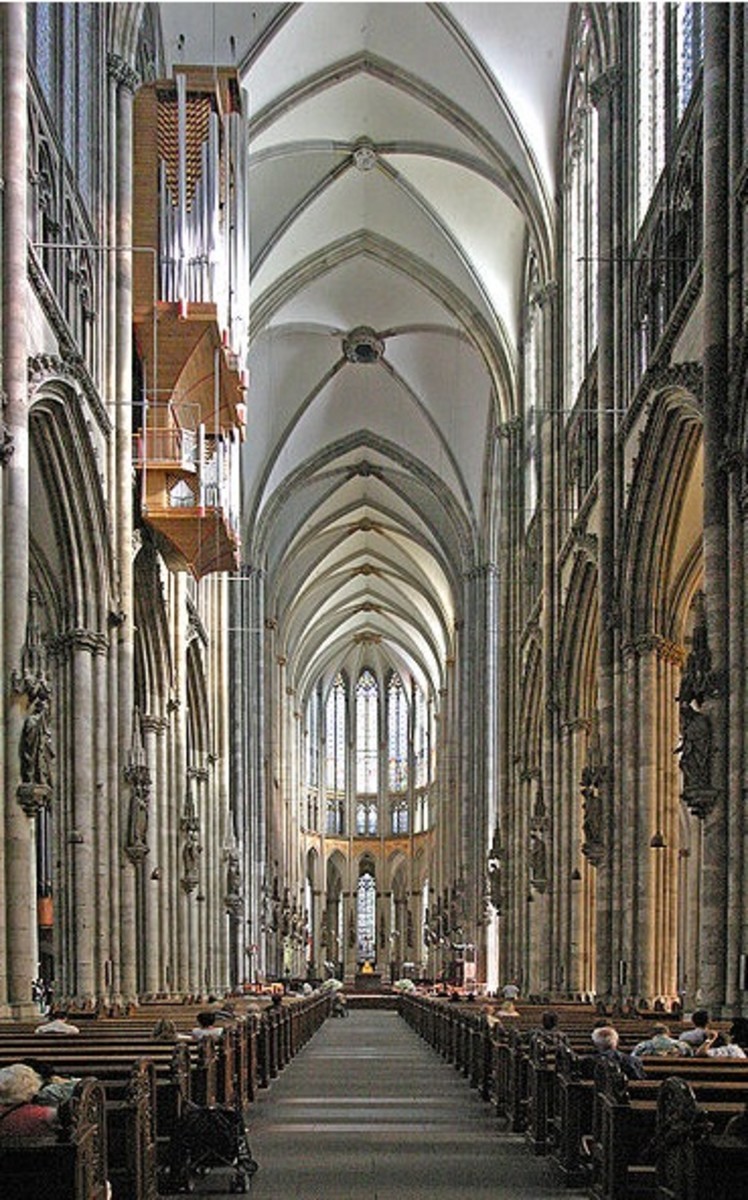Meanings expressed by monuments and architecture
Architectural Themes
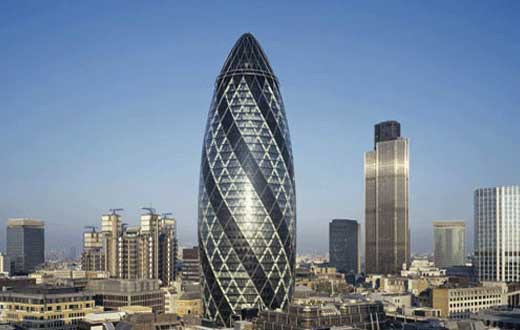
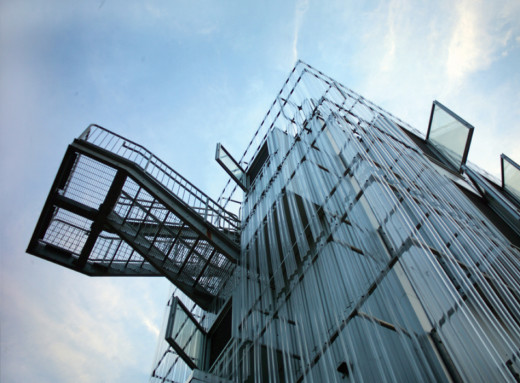

buildings are a language understood by everyone.
John Ruskin has said, “All architecture proposes an effect on the human mind, not merely a service to the human frame.” Every building stands for some function and the way it stands invites the beholder towards that activity, commends that activity, comments on it and explains the theme and philosophy underlying it. The architecture of building also associates the themes of its function with other related ideas or activities.
Creator, Creation and Observer.
Search for meaning is a three way process. The architect of a building on purpose incorporates the theme or meaning the edifice wants to convey. To do this he studies the various possible ways and painstakingly designs the structure to embody what he has acquired through his studies. The second process is more subtle than this. In this process the meaning is not transferred from external source to the built structure, instead the structure itself as it comes into being creates the meaning through the intuitive faculty of its architect. An architect is not a passive transmitter of themes from external sources, he is a creator. The last but not the least, lies with its beholder. He is both a limit and an expansion of the previous two processes. Architecture expresses meaning only to the extent man can read in it. This is its limit. Its expansion lies in the fact that architecture is a creation. Through the vision of its beholder, it generates and expands the themes expressed in the structures. Architecture consists of artistic revelations.
The world of ideas and meanings is immense but in this search of meaning we are bound in a three dimensional frame consisting of time, space and the human element. Every architecture exists within the limits of time and space and no theme or meaning is acceptable if the periods in which they have been produced or the places that possess them do not approve them. More important in this three-dimensional frame is the human element. Meanings are necessarily expressed and grasped by man and human reason possesses a permanence of existence. As this human faculty is common to all men it is the most reliable tool for analysis and understanding the meanings. Men belonging to different times and various places express and grasp the same patterns and forms of meanings as we do today. This is of course a facility but at the same time it is a limit too. Architecture exists within the limit of reason alone.
This phenomenon of reason rescues us from a skepticism that prevails among some of the historians of architecture. They are of the opinion that the real meanings expressed by the ancient monument could never be revealed to us. It is important to appreciate both the sources of knowledge we have and the limits of them.
Expression of meanings and thoughts in concrete structures is necessarily abstract and indirect. In absence of authentic evidences as to what its builders intentions were interpretations are bound to be unreliable guess work. For example based on apparent similarities in structures and on the basis of their periods of constructions one cannot establish a theory that the later on has derived the style from the former one. The books on history of architecture are replete with such establishments of cause and effect relationships. Of course for such decisions we do need a wider understanding of cultures and themes. Search of meaning is associated with the search of authentic source of meaning.
meanings are best conveyed by the creator.
To stress the point of authenticity a narration from Imam Moiz S.A. seems to be relevant here. Incidentally, this narration is related to themes carried by architectural remains associated with history of the western architecture.
Carthage is a famous site of tourists’ interest in North Tunisia. It is situated near the Mediterranean Sea and its remains tell us about the ancient Greek civilization. Imam Moiz S.A. narrates a dream Imam Mansur saw in this land. Imam Mansur S.A. had encamped among these ruins and had wondered as to who must have built them and what religious faiths did they have. Instead of deriving on his own, based on observations he made of the existing remains of the built structure Imam A.S. wished to have an access to its builder and inquire about it from him. Allah Subhanahu granted him this wish and he had a dream that night. An emperor appeared to him and explained some crucial details of those structures. The most crucial one was about his faith and what it ensued in the hereafter. Tawheed was his faith and khayr ensued by the grace of Allah.
What we want to stress here is the importance of direct approach to the author of architecture while you are in search of meaning. Architect’s faith and the ultimate outcome of his endeavors are too of crucial importance while one is in search of meaning.


